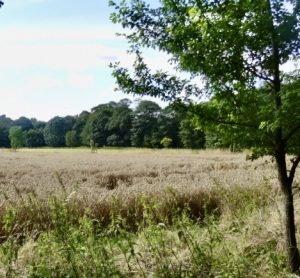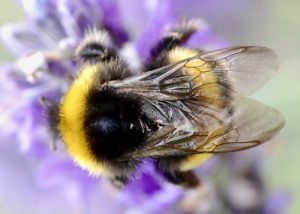Bumblebee bottlenecks!

A major factor controlling the population of pollinators (bees, bumblebees and hover flies) is the availability of nectar bearing flowers. When and where nectar-bearing flowers are to be found is important. A recent study (Timberlake et al at Bristol Uni) looked at the availability of nectar and pollen supply and the colony density of buff tailed bumblebee [Bombus terrestris] colonies - by studying the different resources available on twelve farms in South West England.
The study found :
- The nectar supply in early autumn (September) was strongly correlated with colony density in the following Spring.
- The number of gardens in the area available to the bumblebees was also associated with colony success in the Spring.
- It was thought that improving the ‘quality’ of the semi-natural habitats would improve the availability of late summer / early autumn nectar supply.

It is believed that a ‘resource bottleneck’ for bumblebees / pollinators often develops in farmland areas in late summer. To overcome this ‘bottleneck’, a number of strategies might be used to support pollinators :
- Changing the ‘mowing regimes’ around the field margins so that wild flowers actually flower later.
- Planting or sowing late flowering species such as red clover or encouraging late flowering plants like Ivy.
- Encouraging rural gardens.
Comments are closed for this post.
